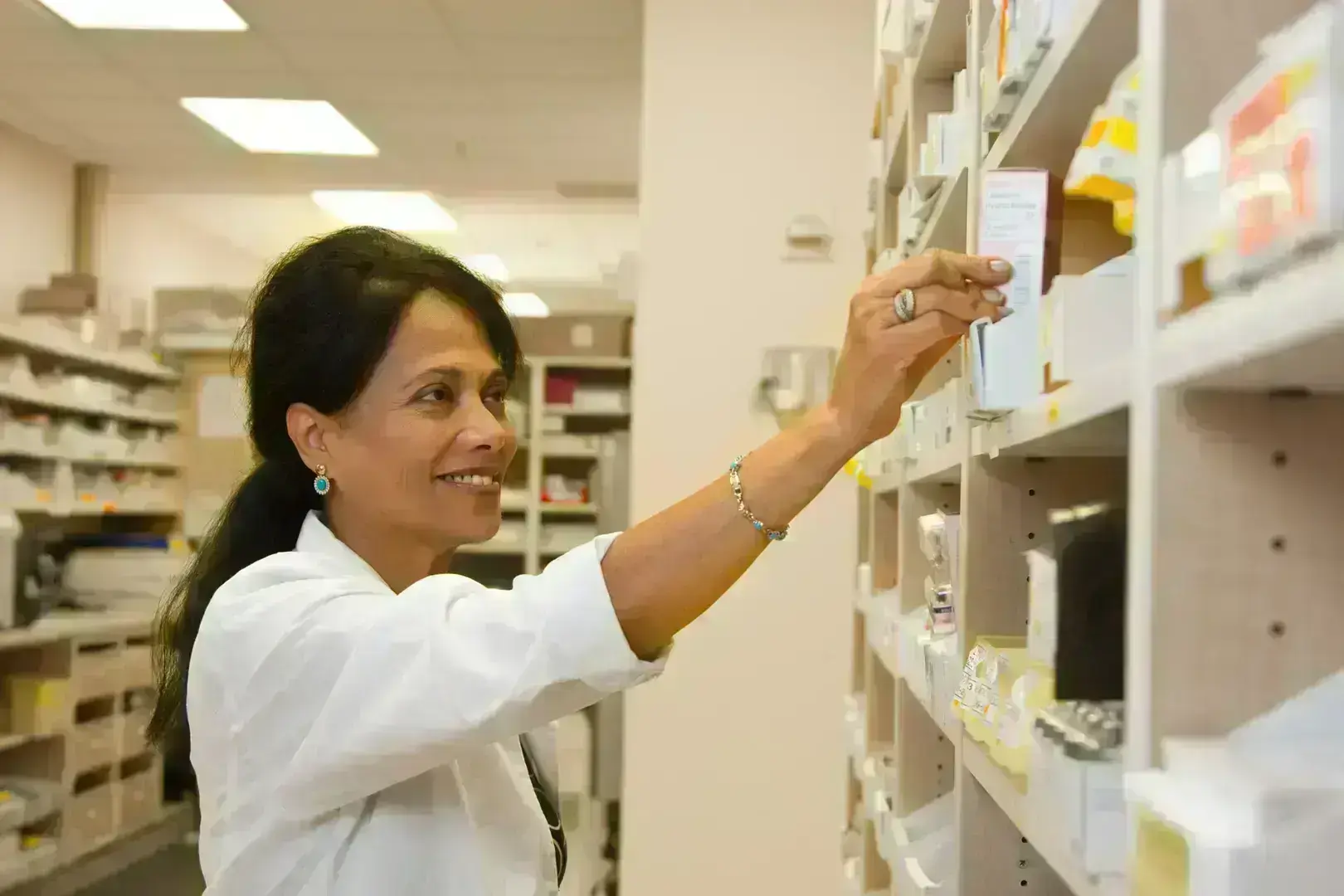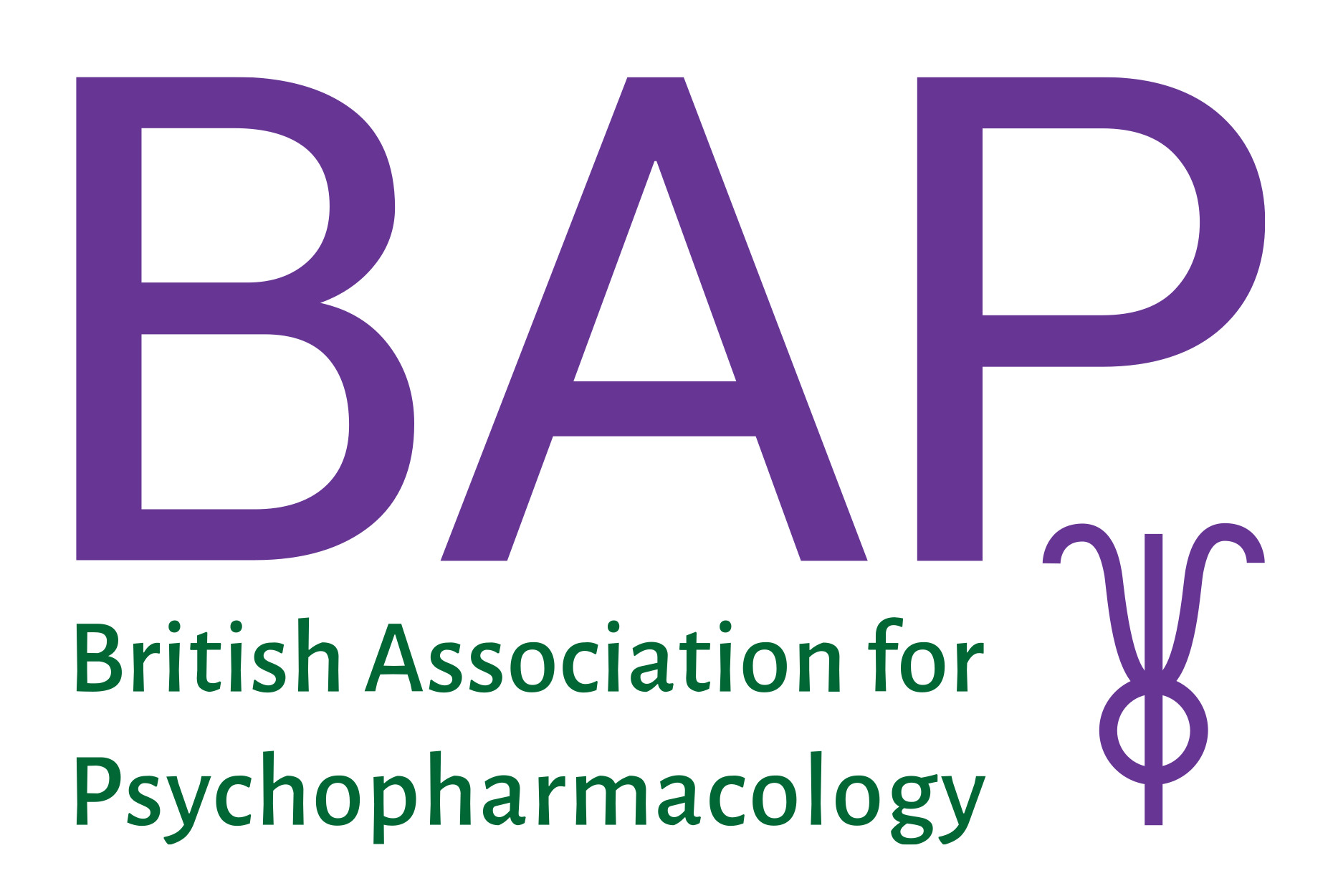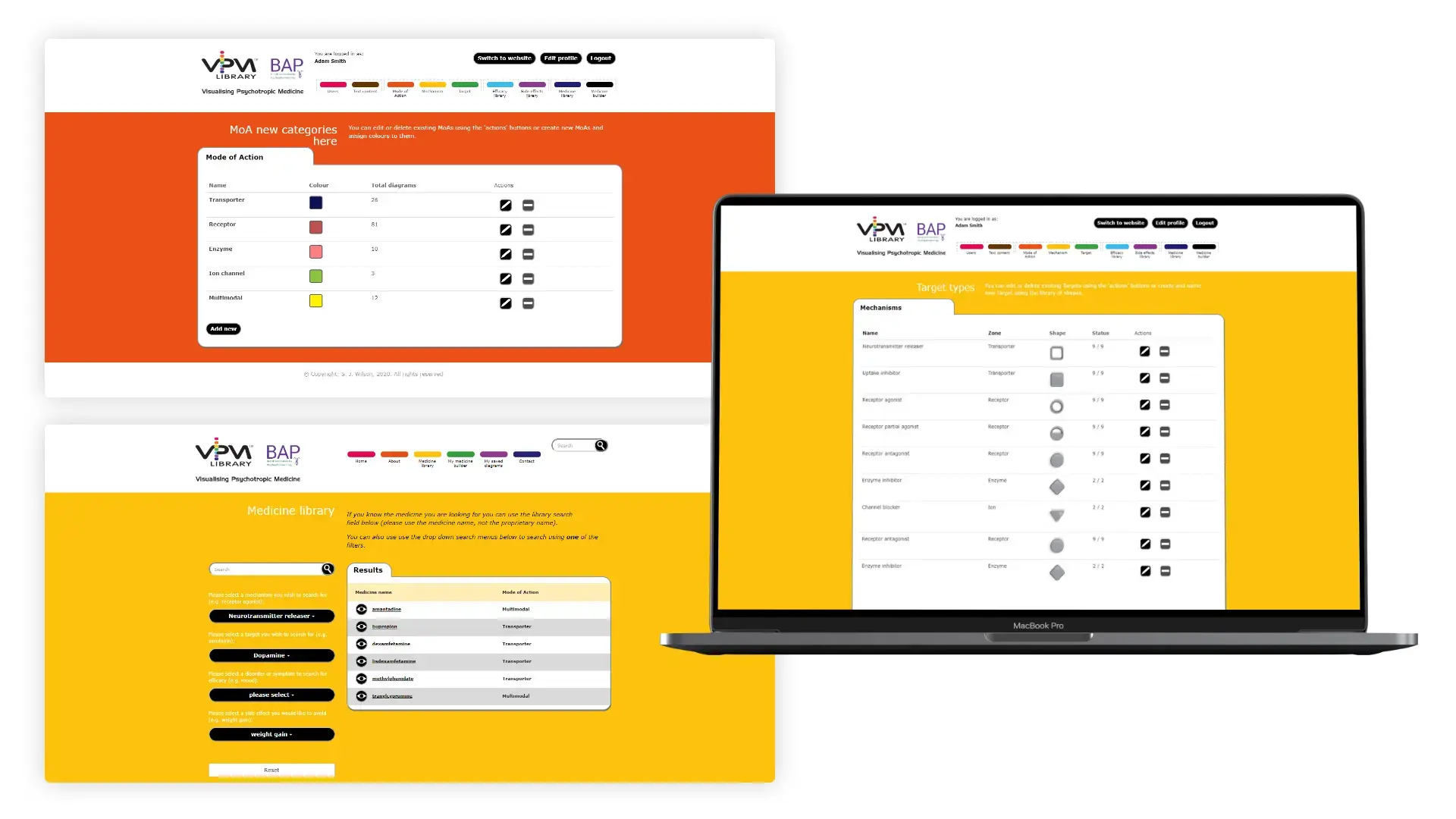
How to merge technology and medicine into one useful app.
Innovative App Merges Tech and Medicine for Enhanced Medical Learning.
Our Client.

How to merge technology and medicine into one useful app.
Nowadays, it’s hard to imagine living without the crucial impact of new technologies. They represent a significant part of our everyday lives, improving and modernising nearly every industry that comes to mind. One of the essential mergers is undoubtedly that of technology and medicine. Thanks to the continuous implementation of advanced solutions, physicians can better focus on the core part of their challenging role – saving lives.
Continuous development in medical technology contributes to an improvement in diagnosis, surgical procedures, treatment, and patient care. It influences various areas of healthcare, including advancements in medical devices, biotechnology, information technology, pharmaceuticals, and many more. Every innovation is valuable, and even small contributions can make a significant difference in enhancing medical practice.
The increased use of mobile technologies such as tablets or smartphones brings additional benefits in the form of well-developed practical apps. They can significantly affect physicians’ work by providing them with easy access to any vital information they need. This includes research, studies, drug information or even patients’ records. Having the capability to take mobile devices with you on the go makes this information accessible at any time and place.
It’s always a great satisfaction to take part in creating innovations which contribute to enhancing any area of healthcare.
VPM Library is one of many medical projects we have worked on over the past few years. As demanding and complicated as it might seem, we stepped up to the mark and made an application which is a useful tool for both medical students and practising physicians.
The app is composed of a vast knowledge base of psychotropic medicines that provides information about their mode of action, efficacy, and side effects. It’s a simple, interactive learning tool which also allows for modelling new medicines and saving the results for future reference.
The originator of the app is Professor David Nutt, who works as a psychiatrist and takes a particular interest in psychopharmacology. His fascination in drugs and the effect they have on human health led to extensive research and helped him in the process of his teaching. He’s an author of many books and publications created to explain the subject too.
When it turned out that his students had difficulties with studying the intricacies of pharmacology and using it correctly in their everyday practice, he came up with an idea to build the VPM app and make the task as simple as it could be. Beaconbrands has commissioned the project on behalf of the British Association for Psychopharmacology.
Thanks to presenting a complex set of data transparently and in a straightforward manner, even a complicated task becomes approachable and easy to comprehend.
Professor Nutt needed us to build a useful medical application from scratch based on his experience and ideas.
The main challenges we faced were:
- Designing an engaging way to present a complex set of data
- Implementing an effective manner of drugs visualisation
- Creating a unique image for each drug
Learning all the necessary details about psychotropic medicines and appropriately prescribing them is an indispensable part of efficient treatment. The app was supposed to be an answer to all the difficulties students and physicians might have in matters of pharmacology. The most common problems occur mainly in acquiring the terminology used to explain drug efficacy and to define their classes.
Professor Nutt estimated that one of the best ways to study complex medical data is by using the manner of visualisation. Associating chosen drugs and their interactions with particular images is helpful while processing vast, often inaccessible, medical material.
But how do you visualise a drug and make the image plausible? Nearly all drug efficacies can be defined by drug binding to one of four types of proteins:
- Receptors
- Transporters
- Enzymes
- Ion channels
The critical component responsible for providing an exact drug specificity is a neurotransmitter that engages with these targets and is either enhanced or blocked by the drug.
Make it simple but significant.
We have implemented the flow designed by Professor David Nutt and his colleague Dr Sue Wilson using a set of clear and pleasant graphics to create a unique image for every psychotropic drug.
There are two main factors which describe all the medicines added to the library:
- Mode of Action: transporter, receptor, enzyme, ion channel
- Number of actions: one action (mono) or more (multi)
Both mechanisms illustrate them, e.g. receptor antagonist, uptake inhibitor, and include the target, e.g. dopamine or noradrenaline.
We used bold lines to present the most critical neurotransmitter actions and dotted lines to show the secondary or less important ones. We also included information concerning efficacy and the most popular side effects.

The app can be used both online and offline. This way, the users have access to all the necessary data.
The VPM Library can be divided into nine key segments:
Efficacy library
A user can create up to ten efficacy tabs with assigned colours depending on the effectiveness of the drug: green – positive/substantiated, amber – neutral/not yet substantiated.
Side effects library
A user can create up to ten side effects tabs for every medicine with an assigned colour depending on its seriousness: grey – significant, red – serious.
Medicine library
This consists of all the diagrams that have been created and published.
Medicine builder
This is a space which allows a registered user to create and publish new medicine diagrams using the set of prepared data (mode of action, mechanism, target, efficacy, and side effects). It also enables adding general notes as well as notes on efficacy and side effects.
Library search
A user can search for a desirable medicine by selecting a proper mechanism, target, disorder or symptom, and/or a side effect he wants to avoid.
My saved diagrams
This is a personal diagram library which allows saving, editing, deleting, and downloading chosen diagrams as image files.
Mode of Action
A user can edit or delete existing Modes of Action or create new ones with assigned colours.
Mechanism
A user can edit or delete existing Mechanisms or create and name new ones using the library of shapes.
Target
A user can edit or delete existing Targets or create new ones with assigned colours.
The results of our work contribute to other people’s success.
We have implemented the VPM Library app according to all the requirements and needs of our client and managed to succeed in achieving the undertaken goal. The application is now a useful, interactive learning tool for many students and good help for practising physicians. Besides, it’s always up-to-date with the European College of Neuropsychopharmacology publications which are a dependable source of information on the newest terminology for psychiatric drugs.

Project facts
- Team – Developers 3 (Team Leader, Full-stack dev, Junior backend dev), QA 1, BA 1, PM 1
- Project management – Scrum for production and Kanban for maintenance
- Technology – .Net framework, Entity Framework, Auto Mapper, Elmah MVC, Unity, CSS, HTML, jQuery, Bootstrap, Bootstrap-multiselect, Font Awesome, Summernote, Underscore, Razor Views